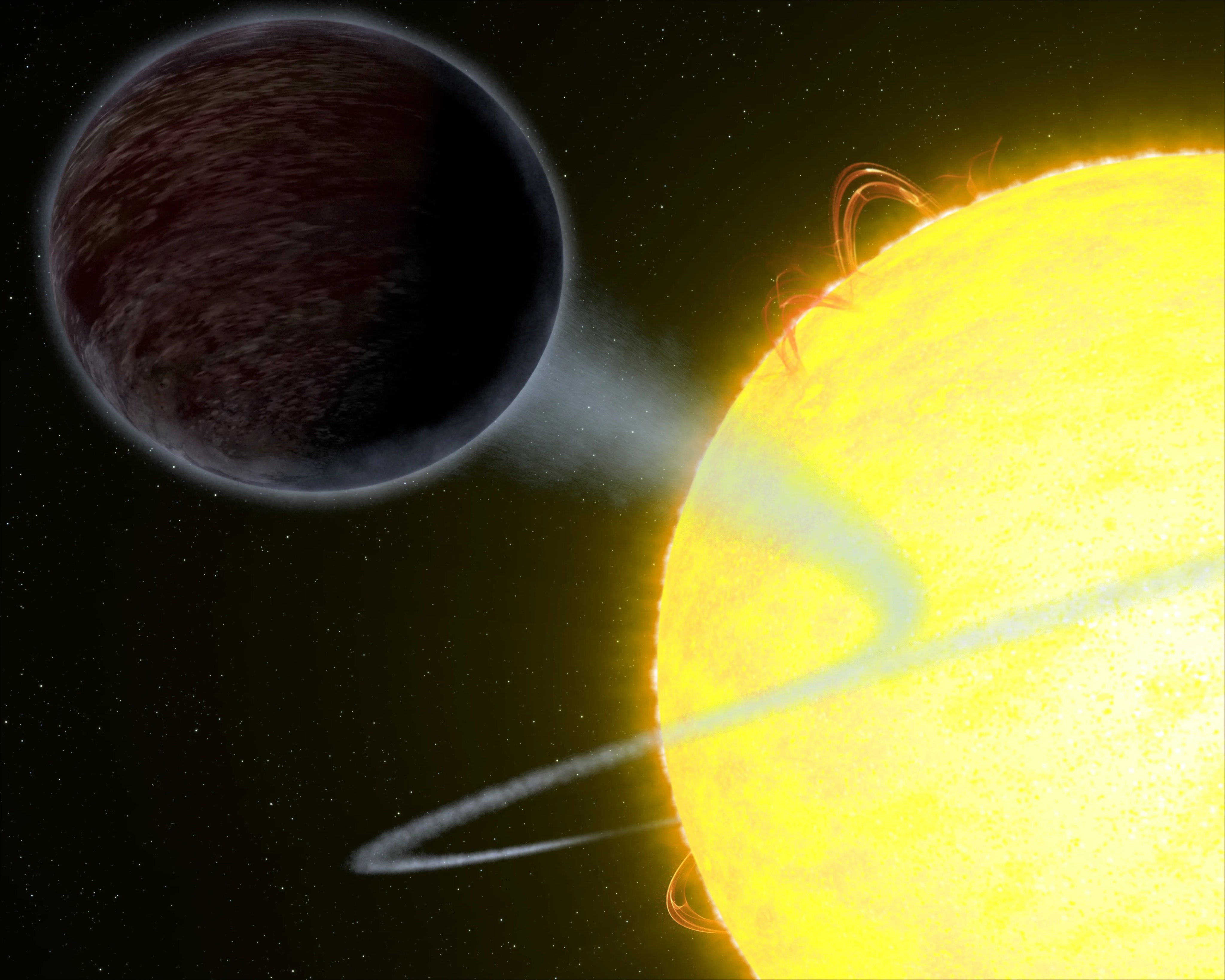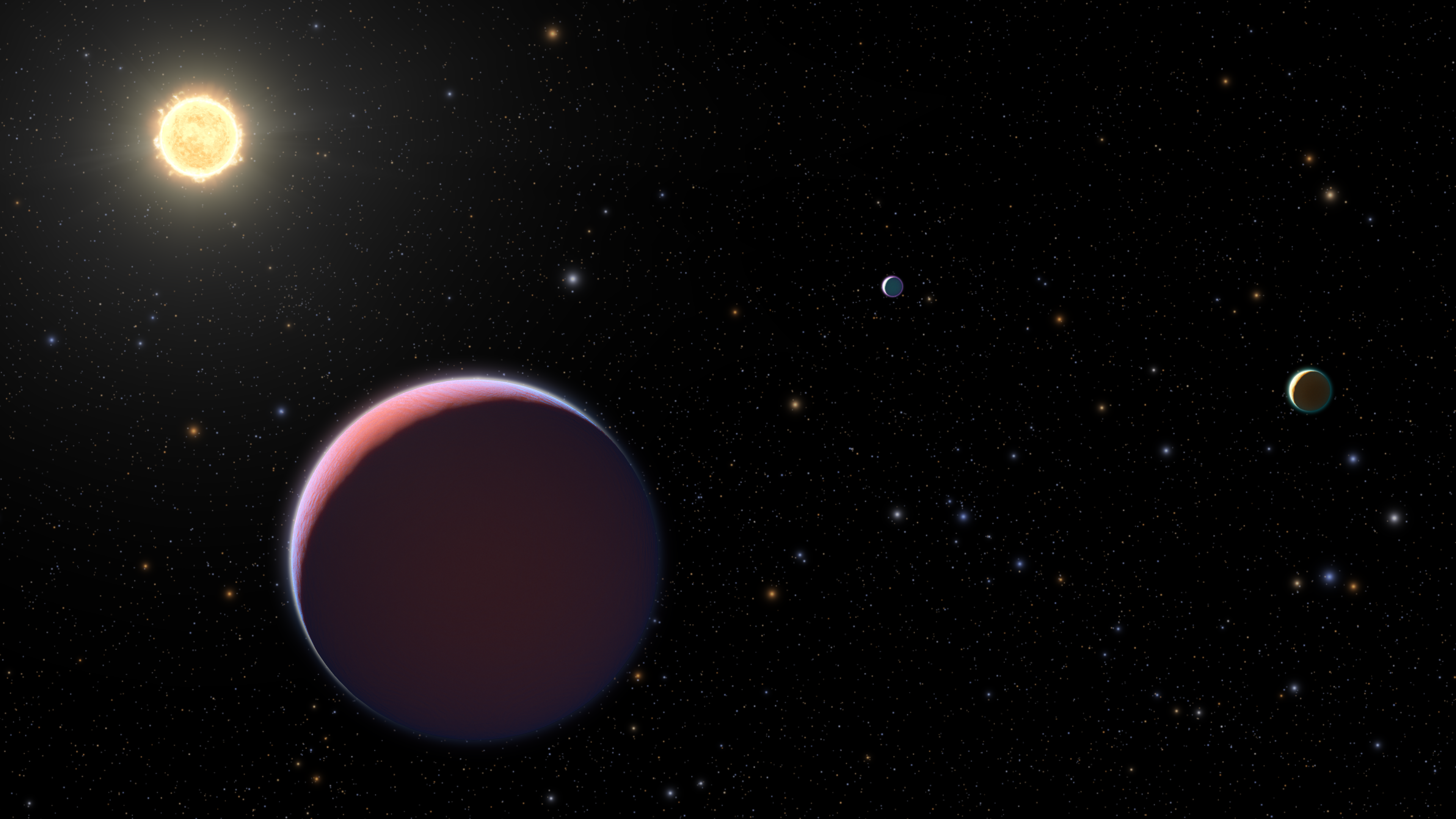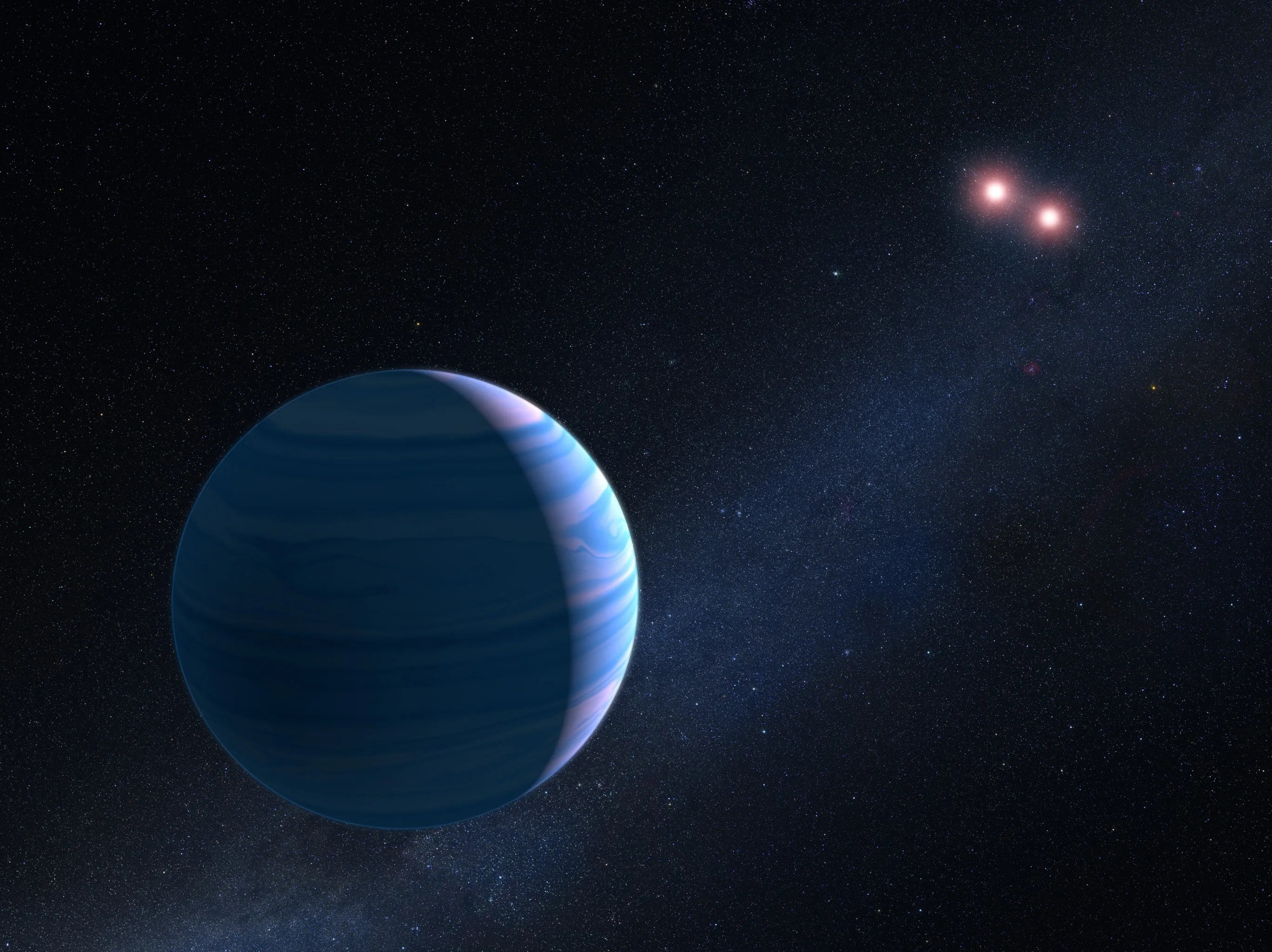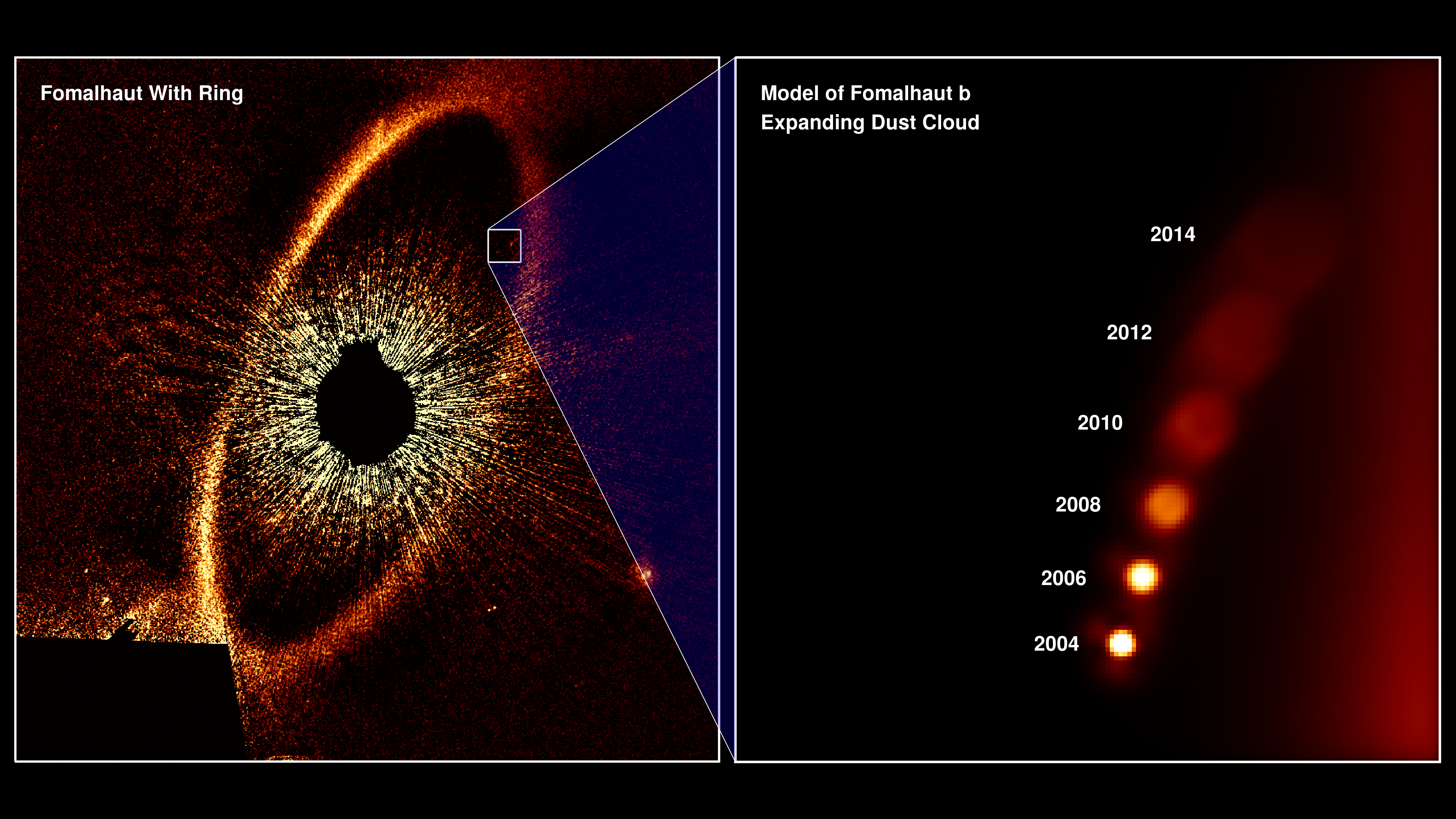When Hubble launched in 1990, there were no confirmed planets outside of our solar system. Scientists have since established the existence of more than 5,000 extrasolar planets, most of them discovered by NASA’s Kepler and TESS space observatories and by ground-based telescopes. Hubble, however, has also made some unique contributions to the planet hunt.
Astronomers use Hubble to take the first measurements of the atmospheric composition of extrasolar planets. Its observations have identified atmospheres that contain sodium, oxygen, carbon, hydrogen, carbon dioxide, methane, helium, and water vapor. Most of the planetary bodies studied to date are too hot for life as we know it. But Hubble observations demonstrate that we can detect and measure the basic organic components for life on planets orbiting other stars.
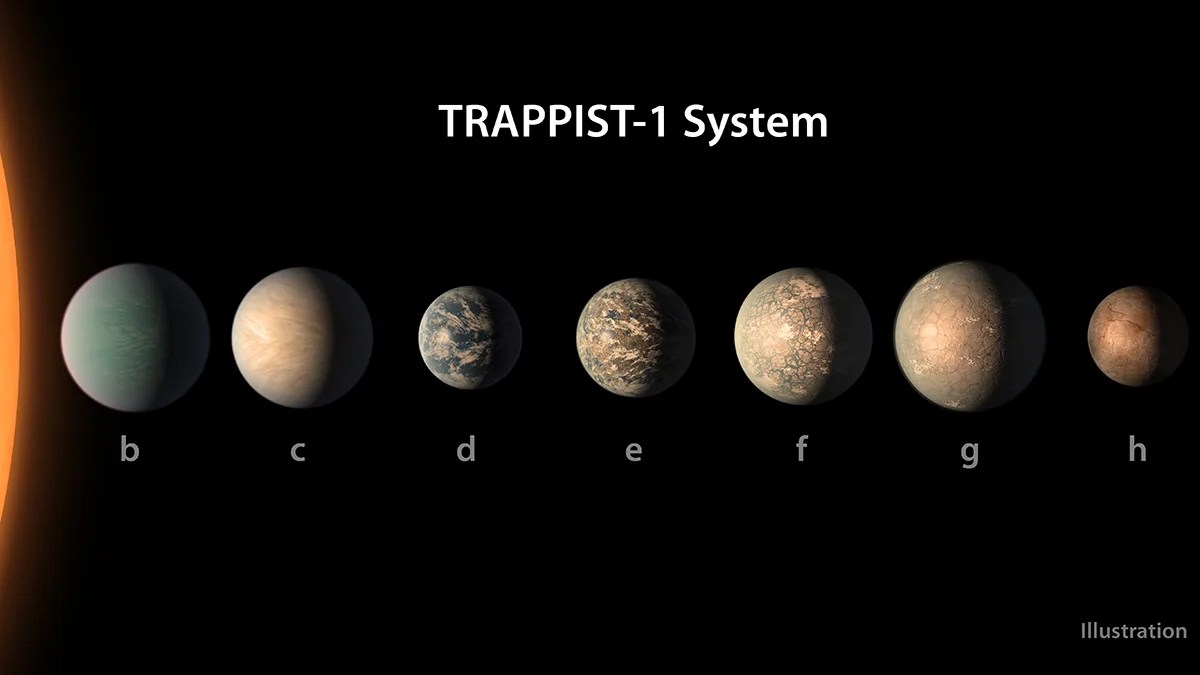
Hubble observed the first known system of seven Earth-size planets around a single star. The star, TRAPPIST-1, is as an ultra-cool dwarf that would allow liquid water to survive on planets orbiting close to the star, closer than is possible on planets in our own solar system. All seven of the TRAPPIST-1 planets have tight orbits. They orbit closer to their star than Mercury is to our Sun, and are also orbiting very close to each other. If you stood on one of these planets, you could potentially see geological features or clouds on your neighboring worlds. Hubble observations revealed that at least three of the exoplanets appear to not have puffy, hydrogen-rich atmospheres similar to gaseous planets like Neptune. This favors more compact atmospheres like those found on Earth, Venus, and Mars.
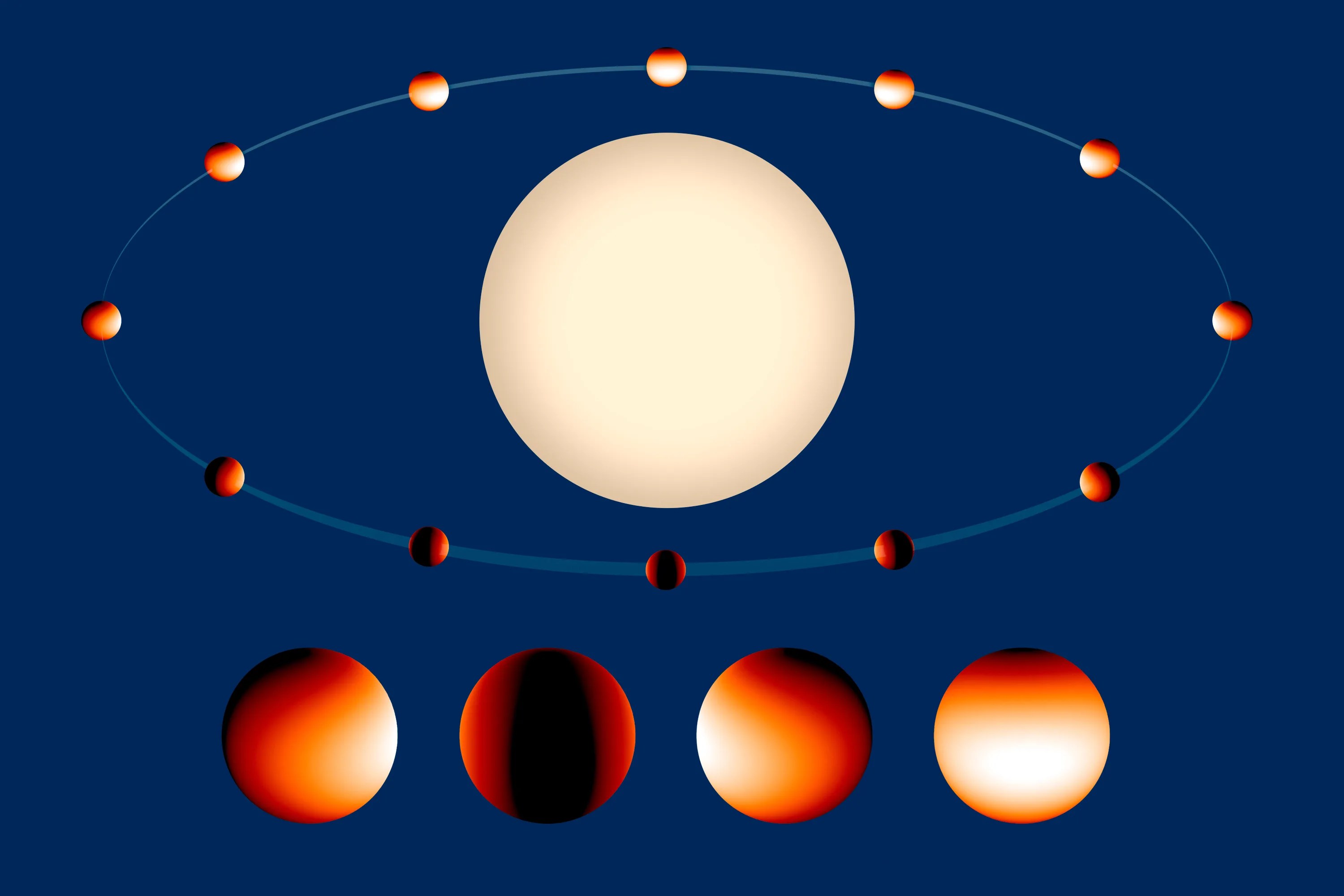
In another case, astronomers had sufficient data to make a detailed global map of an exoplanet (WASP-43b) showing the temperatures at different layers in its atmosphere, and the amount and distribution of its water vapor.
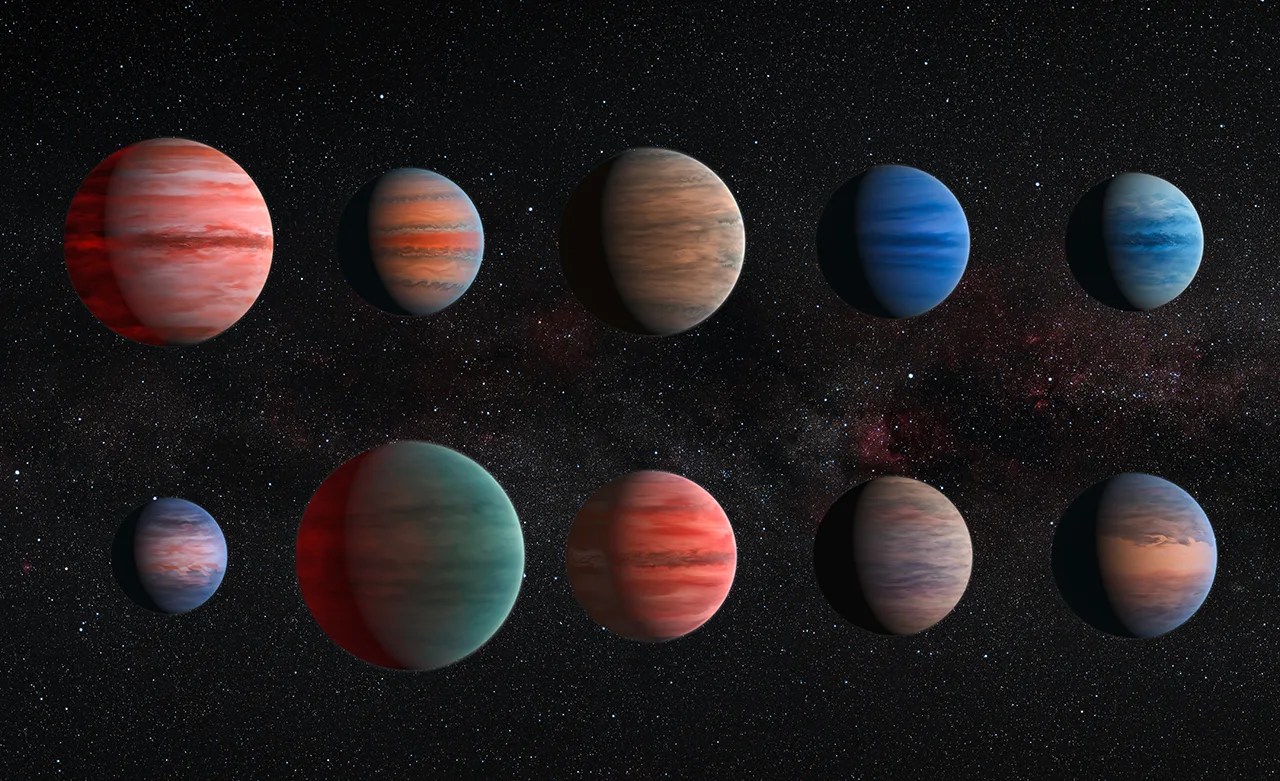
Hubble’s observations of exoplanets have also revealed some truly strange worlds; including one that absorbs nearly all of the light that reaches it. Most planets reflect some of their host star’s light back into space, but this oddity (WASP-12b) is as dark as fresh asphalt. Another is an extremely hot, football-shaped world that is streaming away heavy metal iron and magnesium gas (WASP-121b). Hubble observations also confirmed that three super-puffy planets in the Kepler 51 system have extremely low densities. While these planets appear to be as big and bulky as Jupiter, they are actually one hundred times less massive, leading researchers to nickname them ‘cotton candy’ planets.
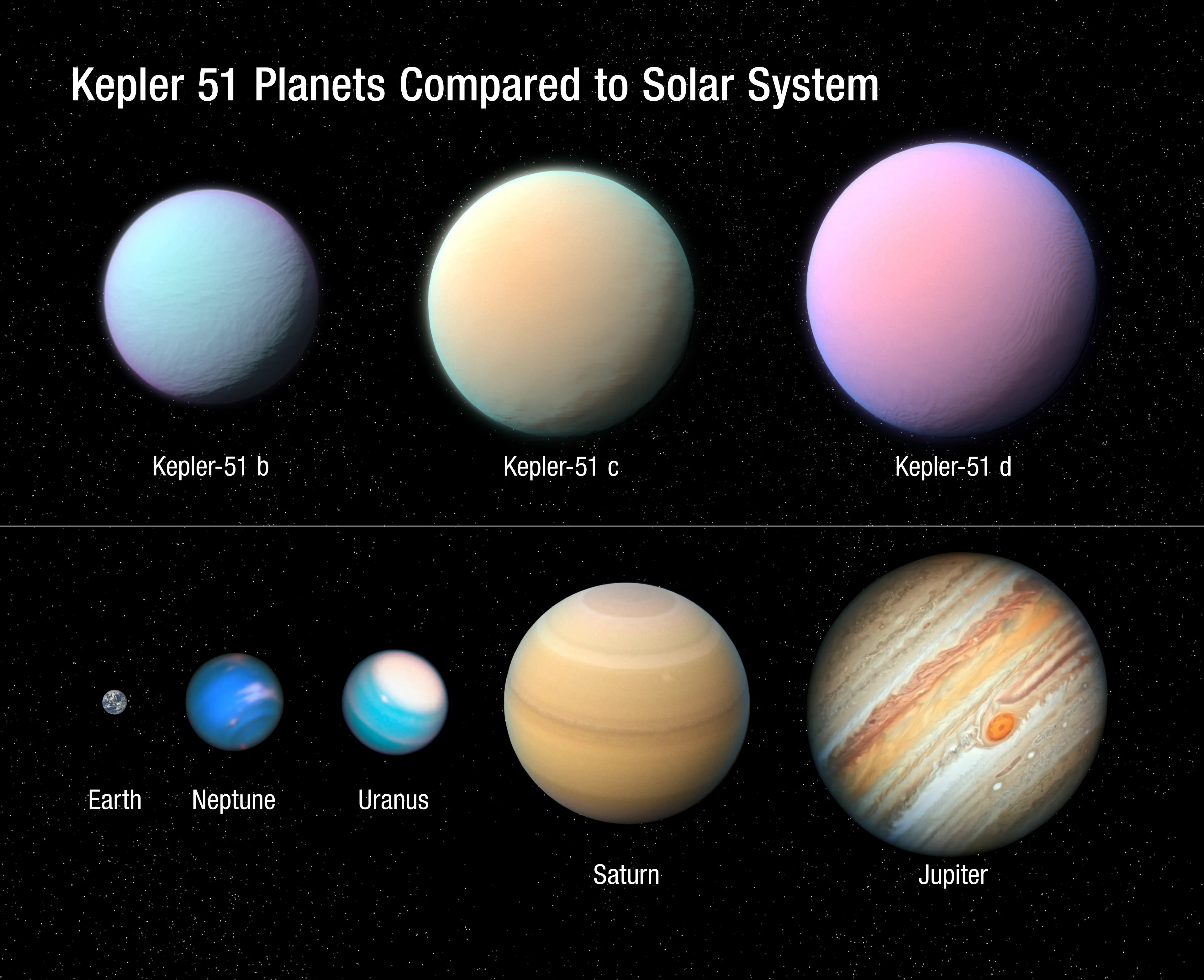
With its ultraviolet-light capabilities, Hubble uncovered one planet slowly accumulating matter (PDS 70b) and two others (GJ 436b, GJ3470b) that are shrinking as their atmospheres bleed off hydrogen. The growing planet is a massive Jupiter-sized world weighing between 4 to 17 times as much as Jupiter. The shrinking, warm, Neptune-sized planets are evaporating hydrogen due to extreme radiation from their respective stars. These shrinking worlds could explain the existence of so-called hot super-Earths, which may result from a similar process that stripped away the Neptune-sized planets’ atmospheres exposing their rocky cores.
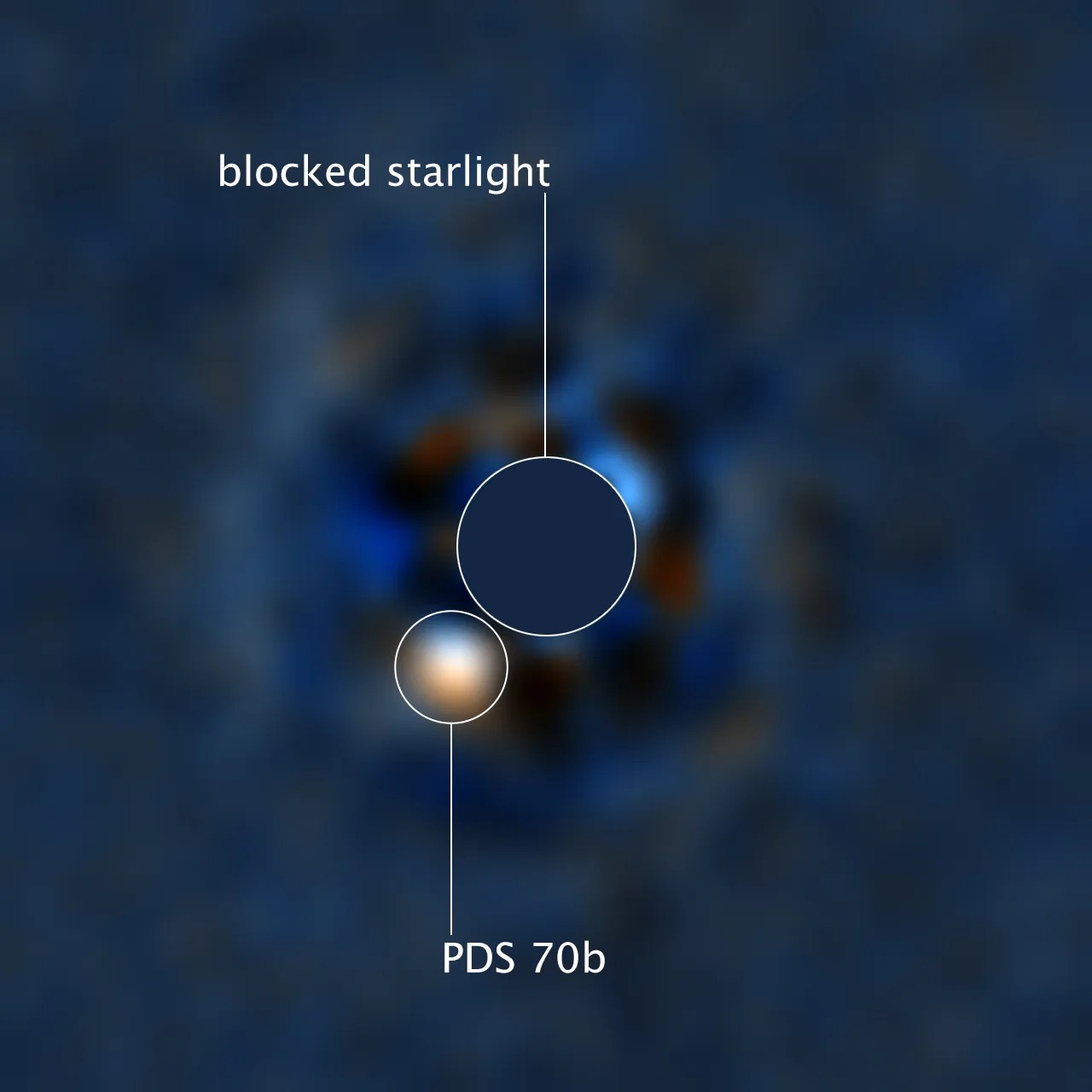
Using another technique, called gravitational microlensing, Hubble astronomers also confirmed the existence of a Saturn-mass planet orbiting two small, faint stars in a tight orbit around each other. The system, called OGLE-2007-BLG-349, is 8,000 light-years away toward the center of our galaxy. Gravitational microlensing occurs when the gravity of a moving foreground star bends and amplifies the light of a background star that temporarily aligns with it along our line of sight. Details in the character of the brightening reveals clues about nature of the foreground star and any planets it may have.
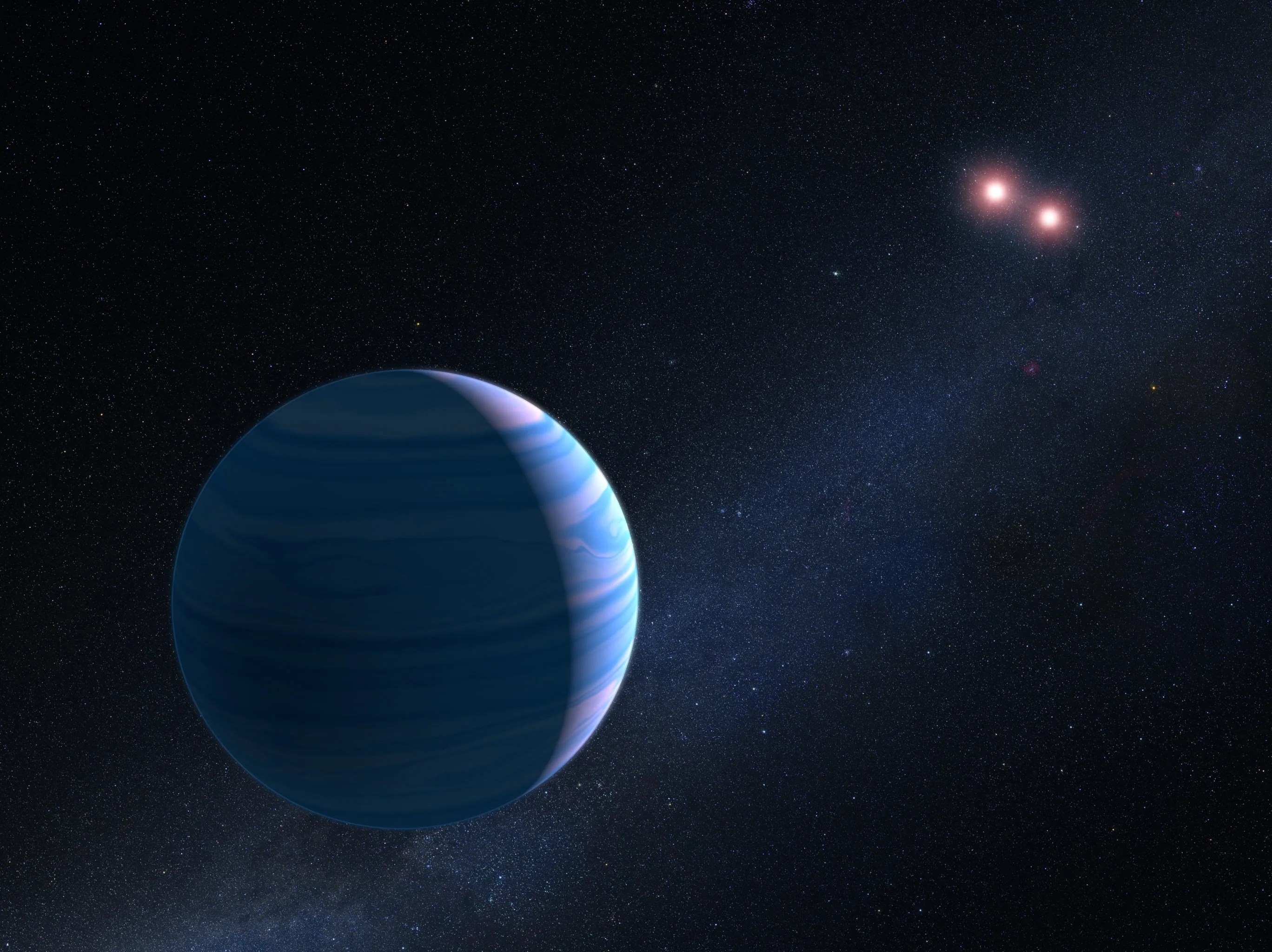
In 2004, Hubble began regularly observing what astronomers thought might be an extrasolar planet. Astronomers studied the suspected planet for 16 years, tracking its movements around the bright nearby star Fomalhaut, located about 25 light-years away. However, something strange was happening as the planet appeared to dim with each successive observation. Then, in 2020, it seemed to vanish completely. Further research revealed that the suspected planet may actually be a vast, expanding cloud of dust produced in a collision between two large bodies orbiting the nearby star Fomalhaut.
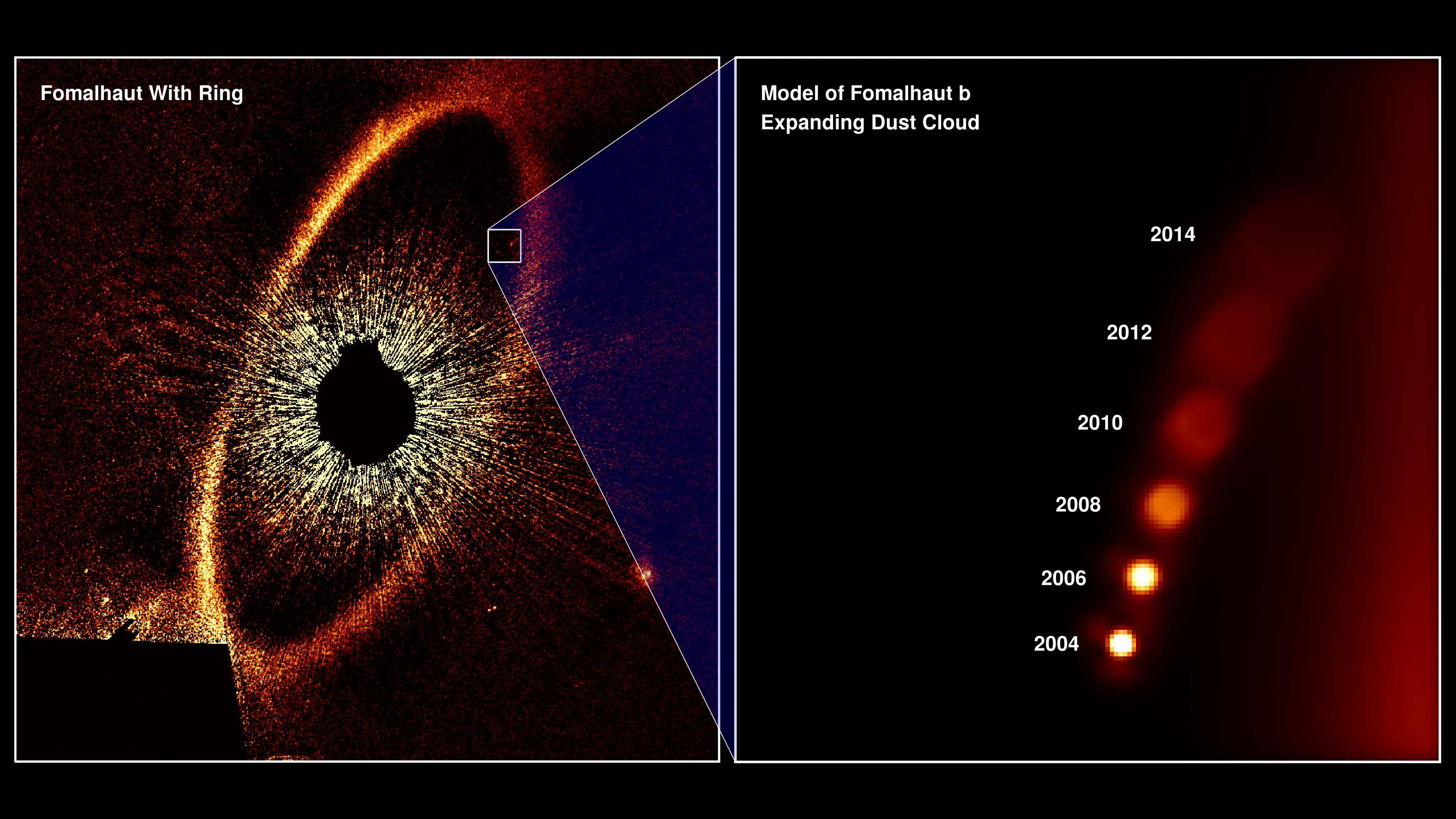
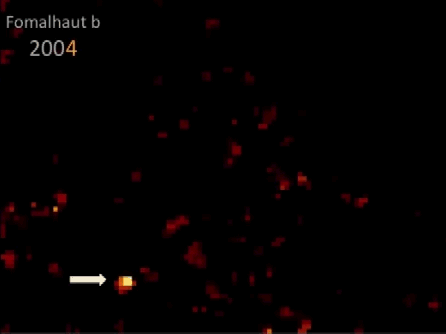
Learn More

Hubble Probes Atmosphere of Exoplanets in TRAPPIST-1 Habitable Zone
Astronomers using Hubble conducted the first spectroscopic survey of Earth-sized planets (d, e, f, and g) within the habitable zone around the nearby star TRAPPIST-1. This is a follow-up to Hubble observations made in May 2016 of the atmospheres of the inner TRAPPIST-1 planets b and c.

Hubble Probes Extreme Weather on Ultra-Hot Jupiters
Hubble studied a unique class of ultra-hot exoplanets. They are bloated Jupiter-sized worlds orbiting so close to their parent stars that their temperatures rise above 3,000 degrees Fahrenheit, which is hot enough to vaporize most metals, including titanium.
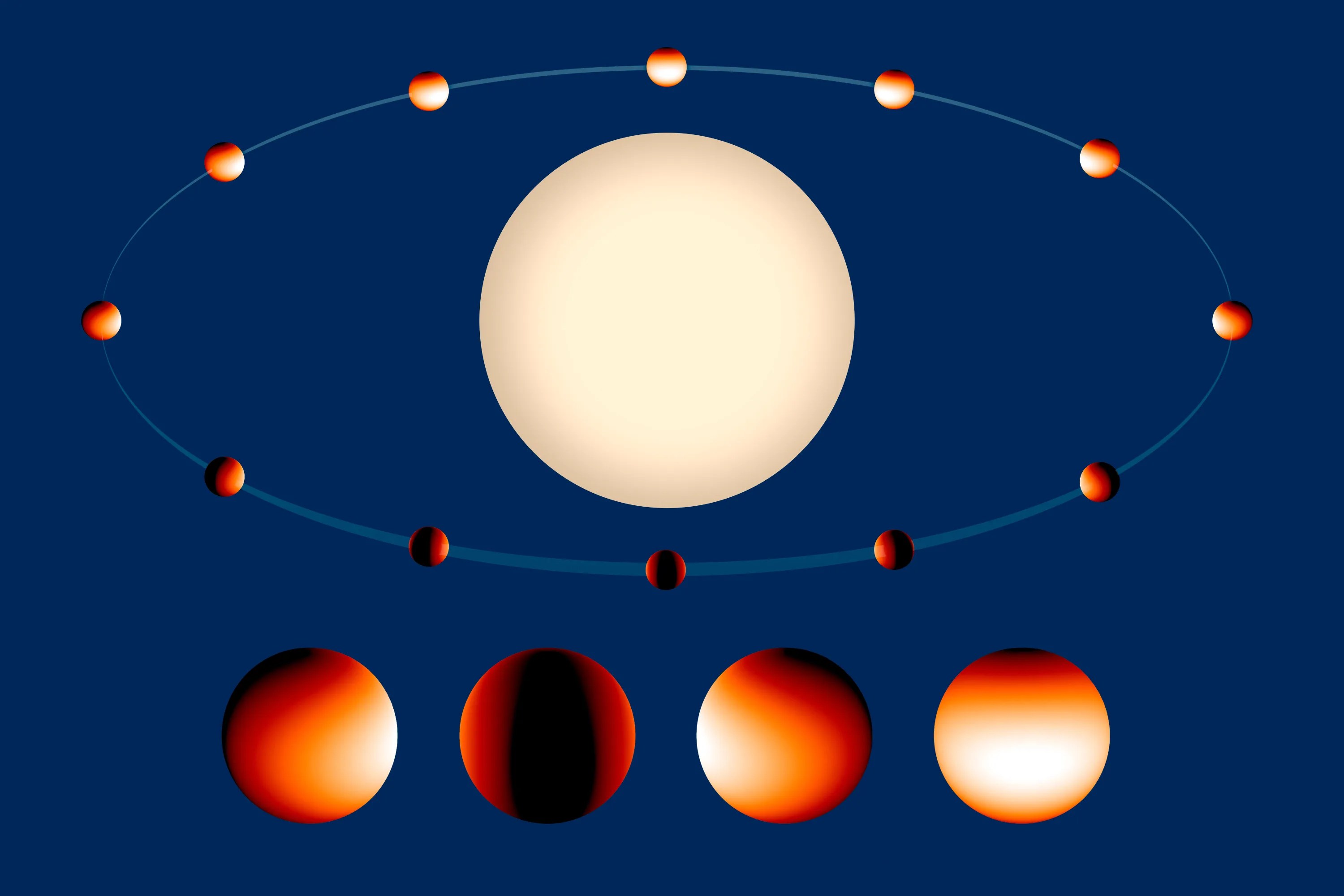
Hubble Maps Temperature and Water Vapor on Extreme Exoplanet
Exoplanet WASP-43b is a world of extremes where seething winds howl at the speed of sound from a 3,000-degree-Fahrenheit day side, hot enough to melt steel, to a pitch-black night side with plunging temperatures below 1,000 degrees Fahrenheit.
Explore Other Hubble Science Highlights
Learn about some of Hubble's most exciting scientific discoveries.
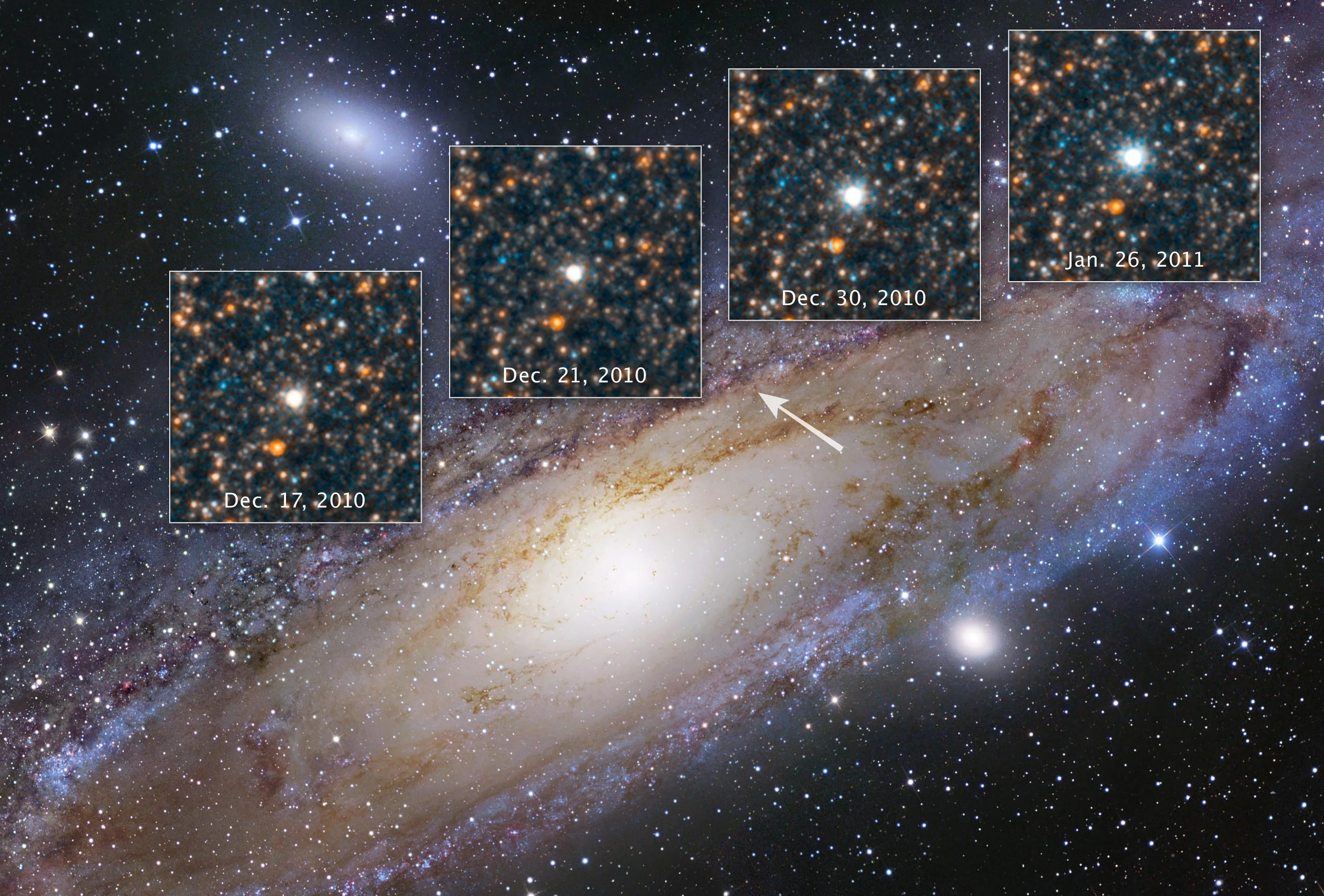
Discovering the Runaway Universe
Our cosmos is growing, and that expansion rate is accelerating.
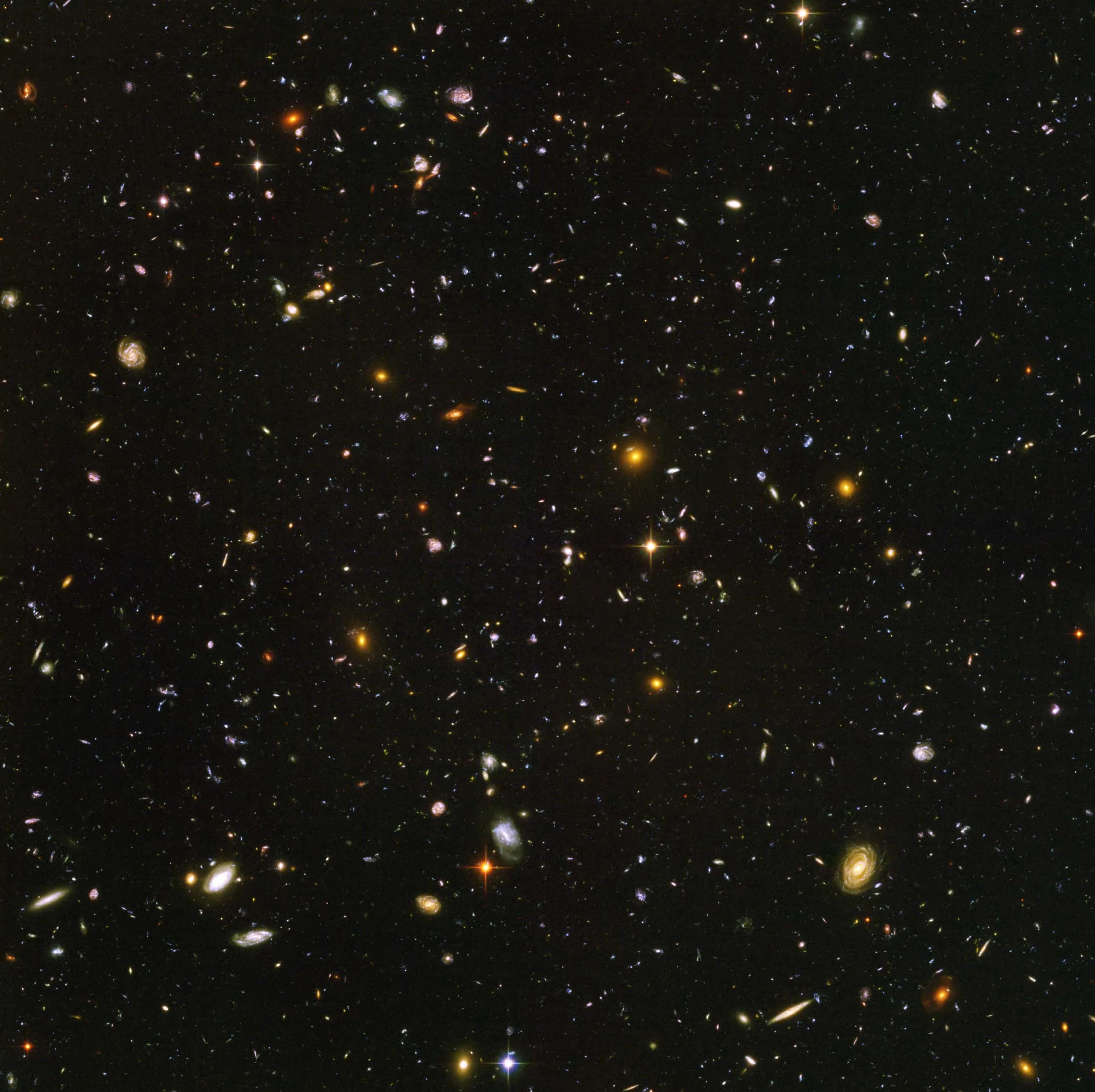
Tracing the Growth of Galaxies
Hubble is instrumental in uncovering the various stages of galactic evolution.
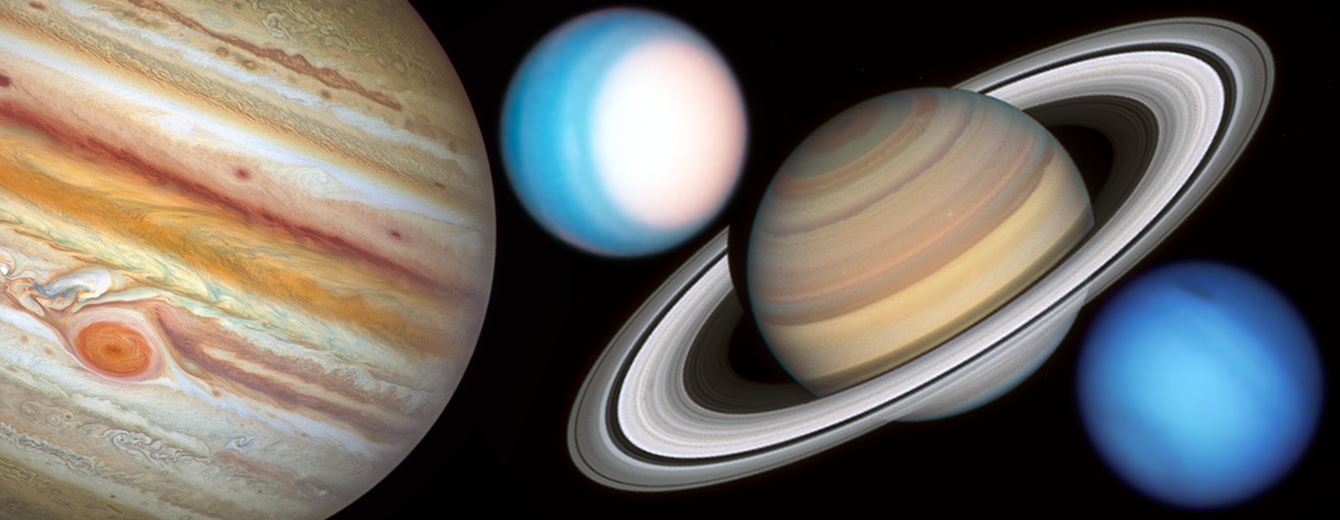
Studying the Outer Planets and Moons
Hubble’s systematic observations chart the ever-changing environments of our solar system's giant planets and their moons.
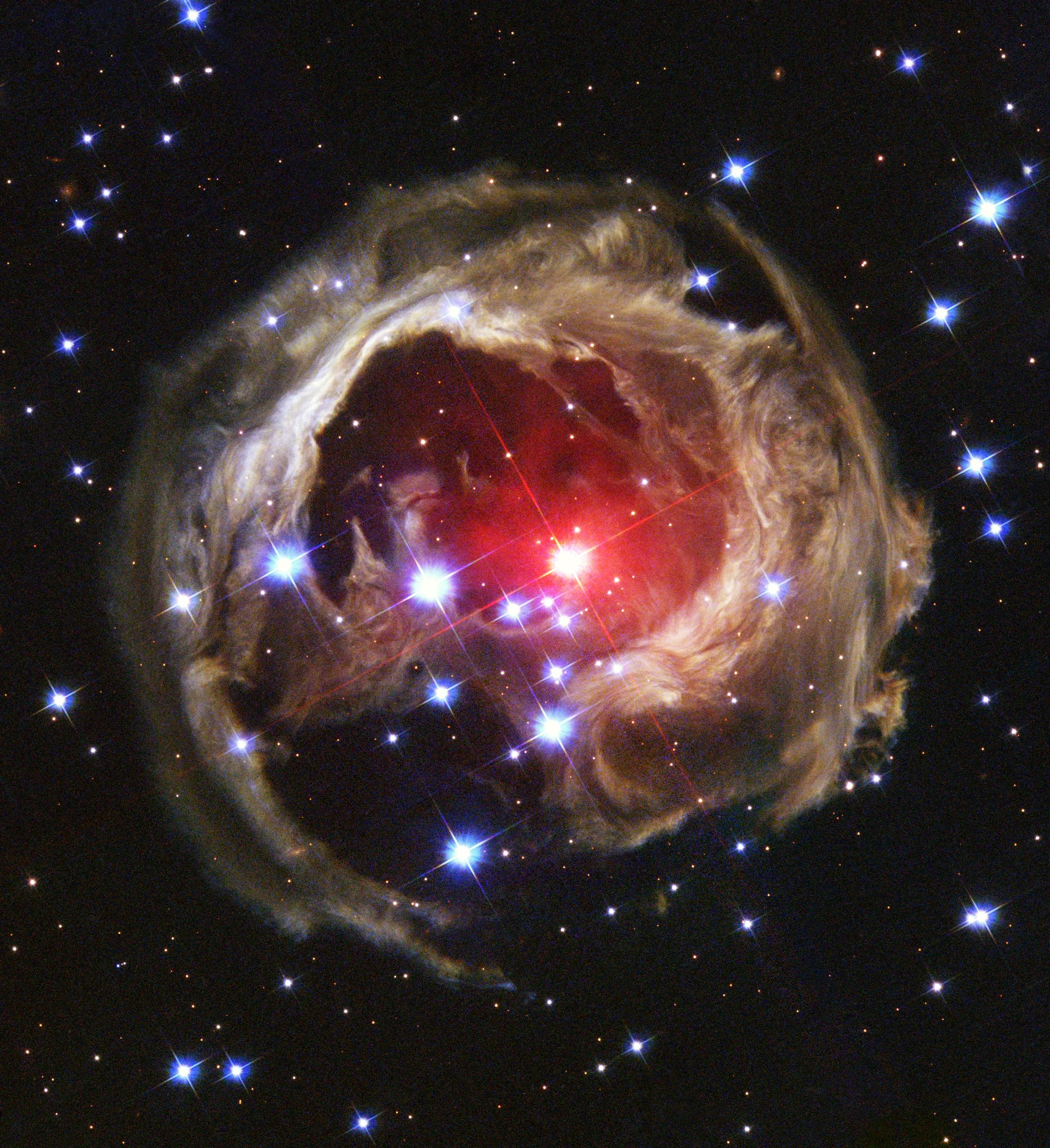
Seeing Light Echoes
Like ripples on a pond, pulses of light reverberate through cosmic clouds forming echoes of light.
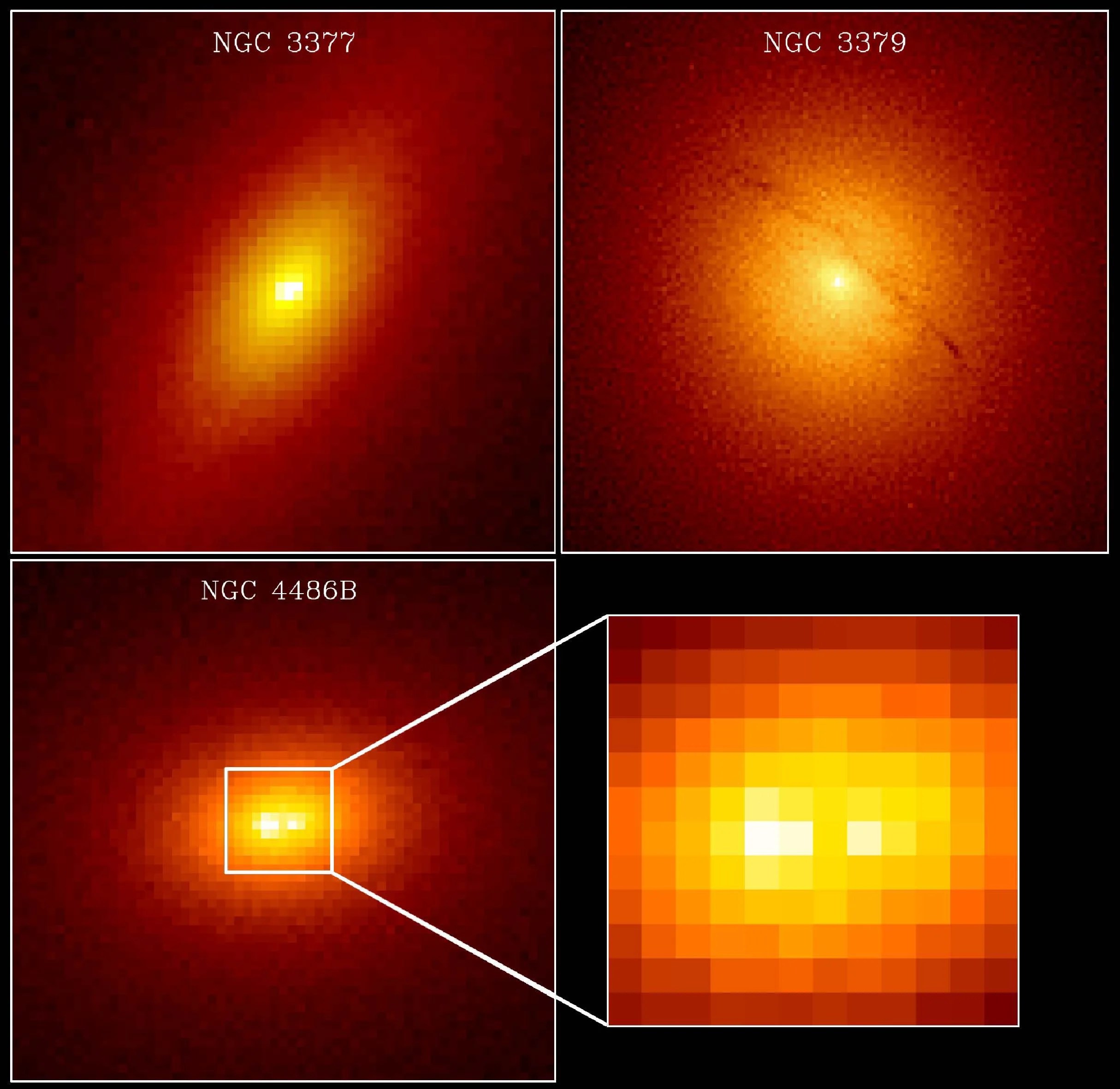
Monster Black Holes are Everywhere
Supermassive black holes lie at the heart of nearly every galaxy.
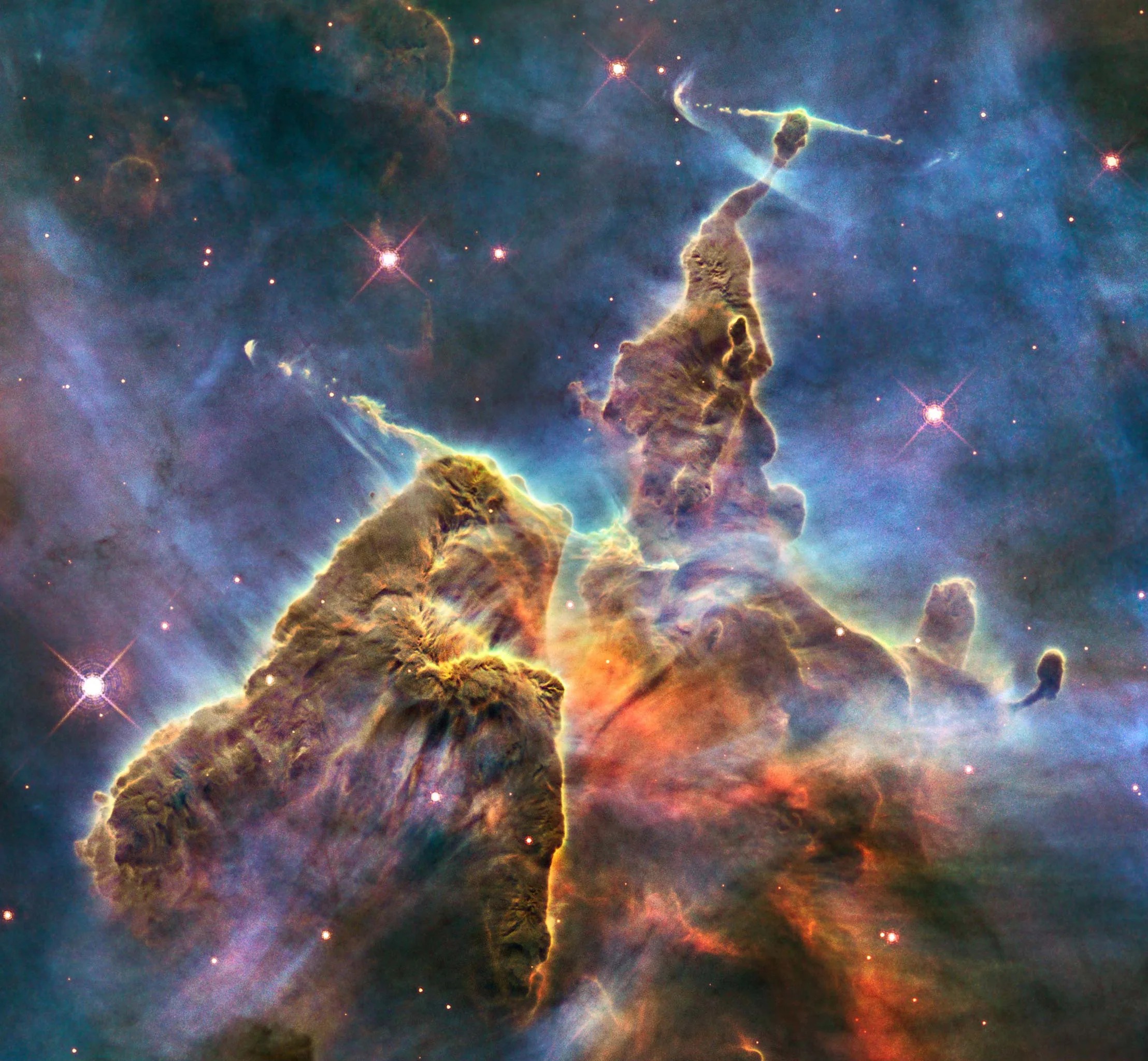
Exploring the Birth of Stars
Hubble’s near-infrared instruments see through the gas and dust clouds surrounding newborn stars.
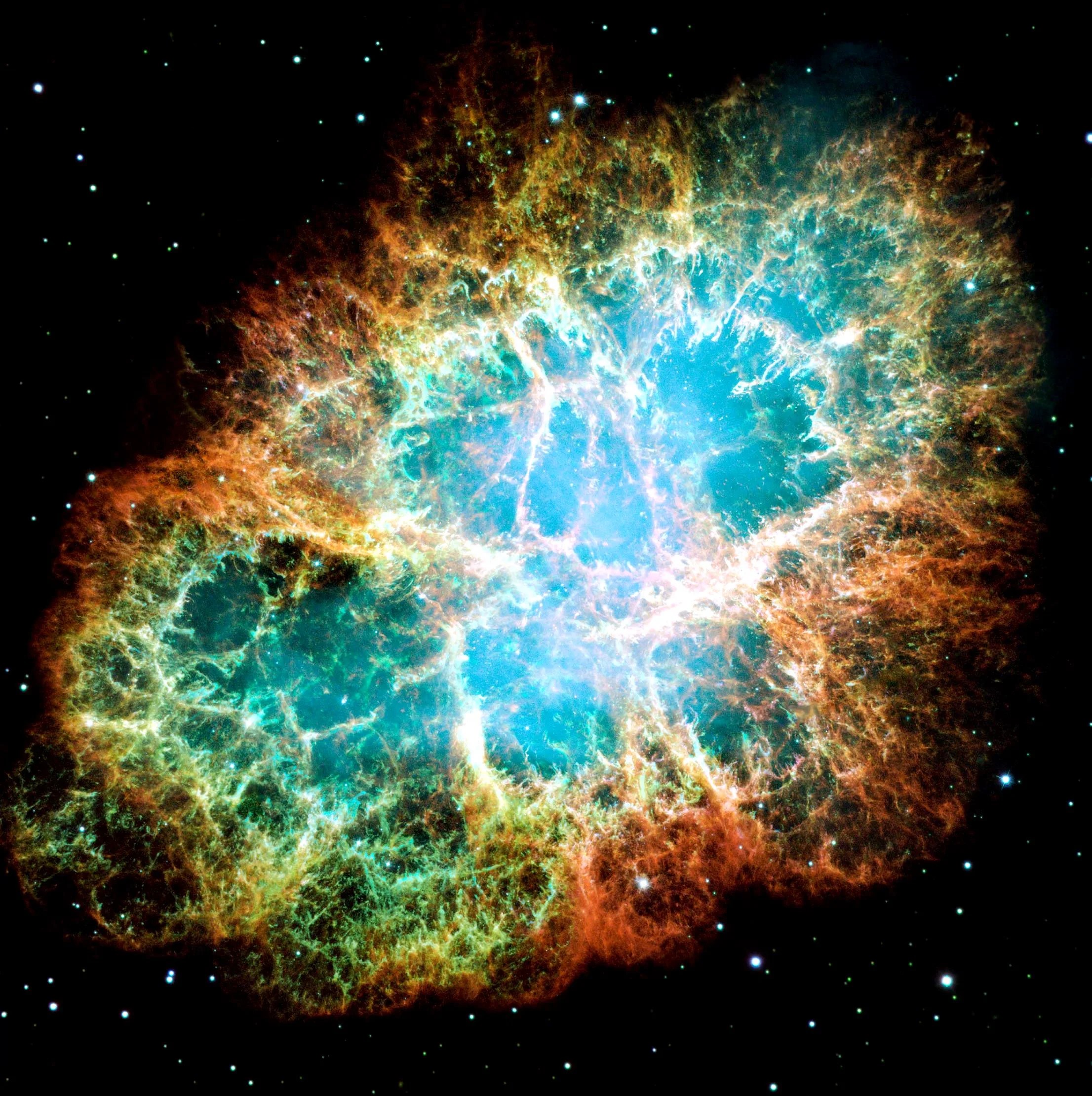
The Death Throws of Stars
From colliding neutron stars to exploding supernovae, Hubble reveals details of some of the mysteries surrounding the deaths of stars.
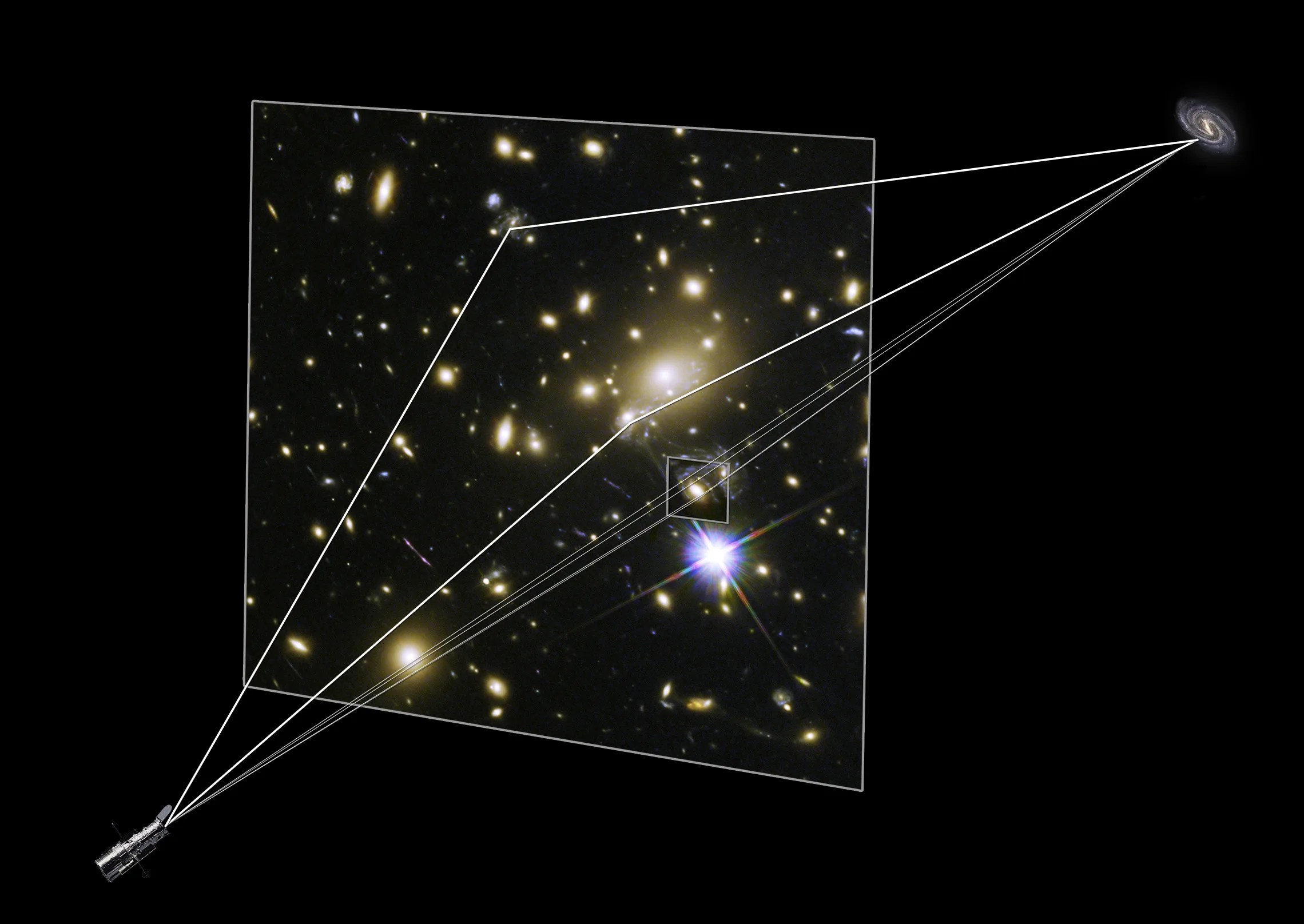
Shining a Light on Dark Matter
Hubble’s observations help astronomers uncover the underlying structure of the universe.
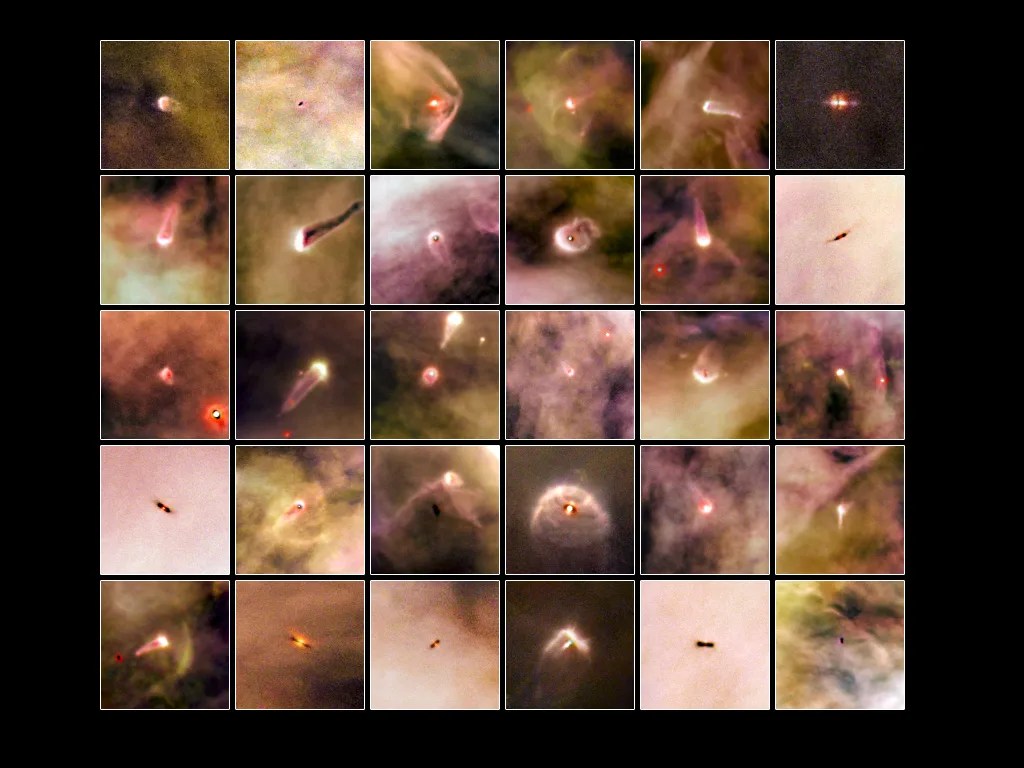
Finding Planetary Construction Zones
Hubble’s sensitivity can reveal great disks of gas and dust around stars.
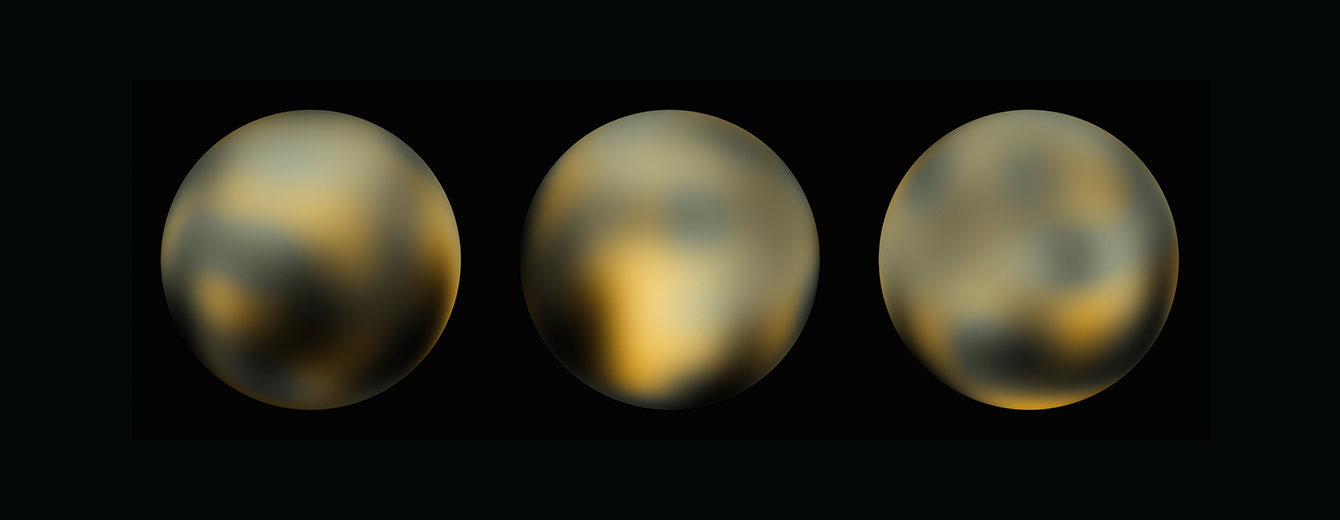
Uncovering Icy Objects in the Kuiper Belt
Hubble’s discoveries helped NASA plan the New Horizon spacecraft’s flyby of Pluto and beyond.
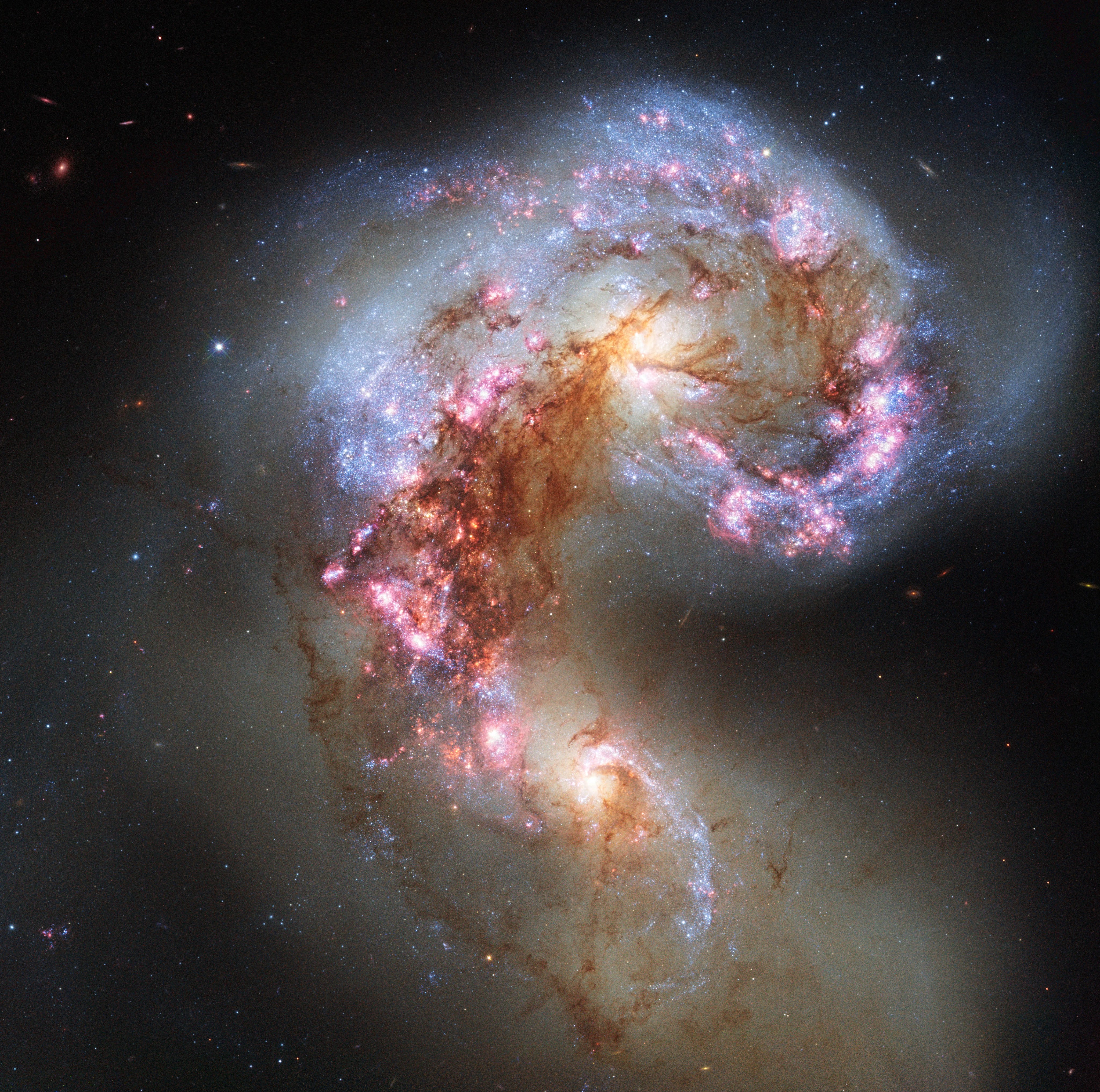
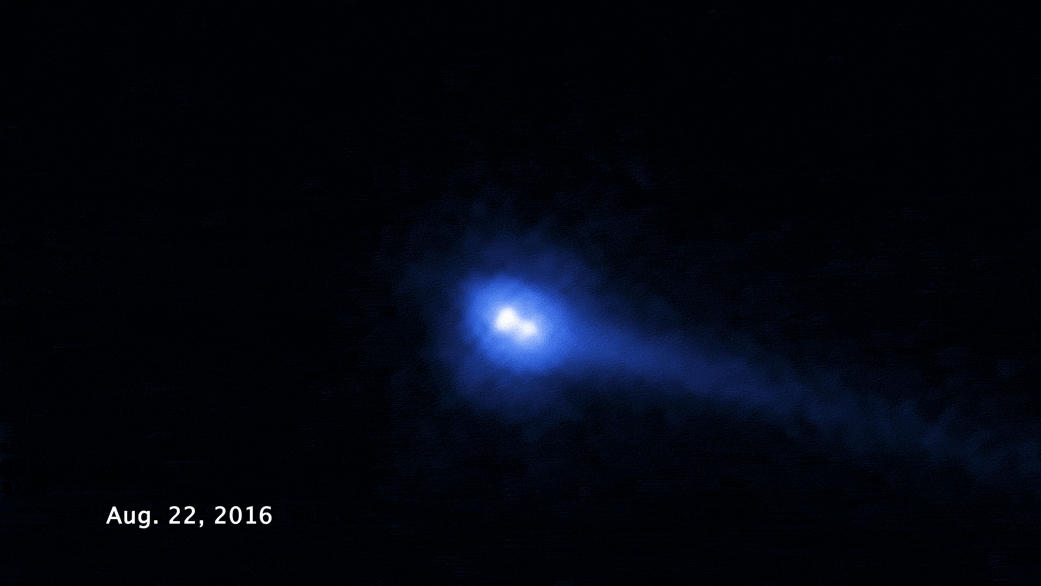
Tracking Evolution in the Asteroid Belt
These conglomerates of rock and ice may hold clues to the early solar system.

